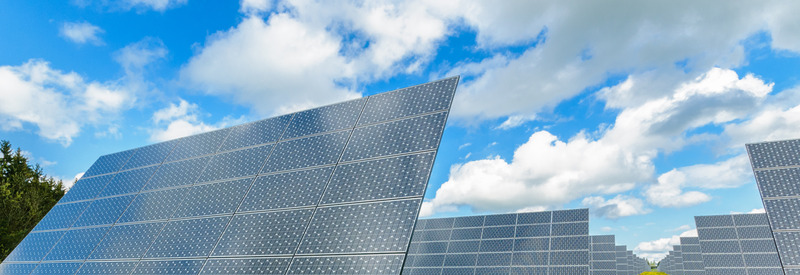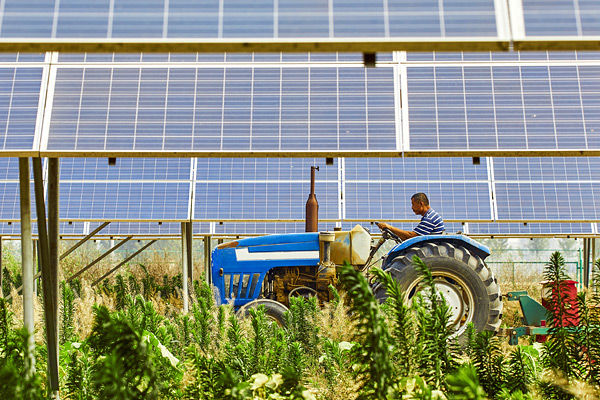AGRIVOLTAICS
Unleashing the Power of Agrivoltaics to Address Global Challenges
As the world faces growing challenges like climate change, food security, and energy demand, agrivoltaics emerges as a groundbreaking solution. By combining solar energy production with farming practices, agrivoltaics has the potential to revolutionize agriculture, driving sustainability and resilience in the face of global change.
The Power of Combining Solar Energy and Agriculture
As the world faces growing challenges like climate change, food security, and energy demand, agrivoltaics emerges as a groundbreaking solution. By combining solar energy production with farming practices, agrivoltaics has the potential to revolutionize agriculture, driving sustainability and resilience in the face of global change.
Agrivoltaics offers a powerful tool for tackling some of the world’s most pressing challenges. By promoting clean energy production, it helps to combat climate change and reduce greenhouse gas emissions. At the same time, agrivoltaics can enhance food security by optimizing land use and supporting agricultural resilience in the face of changing weather patterns and resource constraints.
As the world continues to grapple with global challenges, the solar plus agriculture revolution promises a brighter, more sustainable future. Agrivoltaics has the potential to reshape agriculture, empowering farmers and communities worldwide to harness the power of the sun while growing food and supporting their livelihoods. Embracing agrivoltaics today is a crucial step toward building a greener, more resilient tomorrow.
Real-World Success Stories
Check out these examples of successful agrivoltaic projects from different corners of the globe, emphasizing the versatility and adaptability of this approach to various agricultural contexts

Arizona State University’s Agrivoltaics Research

Ready to embrace the future of farming with agrivoltaics?
Request a Agrivoltaics Strategy Report overview today

